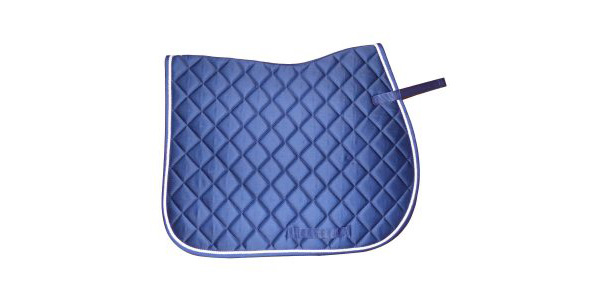 Here at MicroPerformance+ we are often asked to explain the benefits of using our equestrian saddlecloths or numnahs instead of others on the market. While many horse owners believe that the main purpose of a saddlecloth or numnah is to keep the saddle clean from grease and hair and keep the cold leather off the horse’s back, a good, breathable saddle pad has many advantages for both horse and rider.
Here at MicroPerformance+ we are often asked to explain the benefits of using our equestrian saddlecloths or numnahs instead of others on the market. While many horse owners believe that the main purpose of a saddlecloth or numnah is to keep the saddle clean from grease and hair and keep the cold leather off the horse’s back, a good, breathable saddle pad has many advantages for both horse and rider.
As all experienced riders will know, the horse’s back can be the most vulnerable part of their anatomy and keeping the back at a comfortable temperature is one of the best things you can do for your equestrian friend. Using a saddle with a poor quality saddle pad or numnah can not only leave your horse sweaty and uncomfortable, but can also be detrimental to their hard-working muscles. By placing an anti-slip saddlecloth or numnah between your horse and the saddle you are not only helping to keep your horse’s back dry and pleasant but also minimising shock to your horse’s muscles: preventing them from fatigue.
While many saddle pads for horses are made of sheepskin or cotton, our ergonomically designed and sweat-absorbing cloths utilise our engineering expertise alongside our love of horses, and are formulated at micro-level to be breathable, moisture-absorbent and fast-drying – providing the ultimate comfort for your horse; while sheepskin can only trap up to 36% of its weight in moisture, our Cool Dry Mesh traps 4 times its weight, meaning more sweat absorption and less wetness on the horse’s back. With its deodorising and antibacterial properties, our material is not only dryer but cleaner and fresher too, and undoubtedly – kinder to sheep!
Of course it is always advisable to inform your saddler of your saddle pad choice so that he or she may adjust the fitting of your saddle accordingly, ensuring that your horse is not only dry and protected – but comfortable too.




